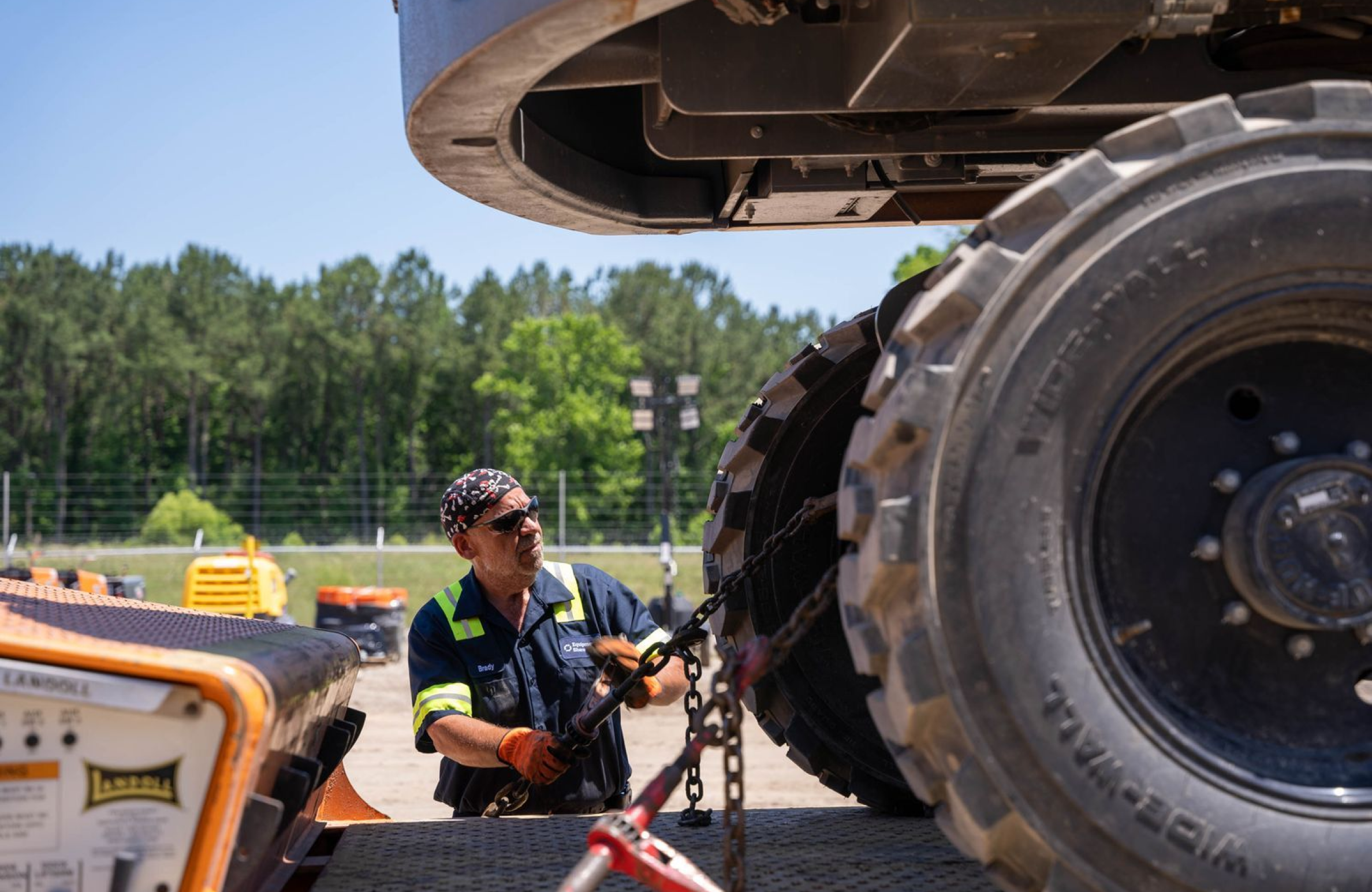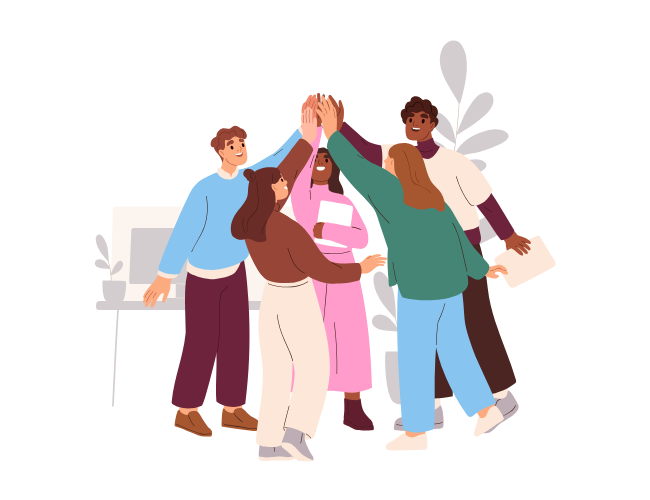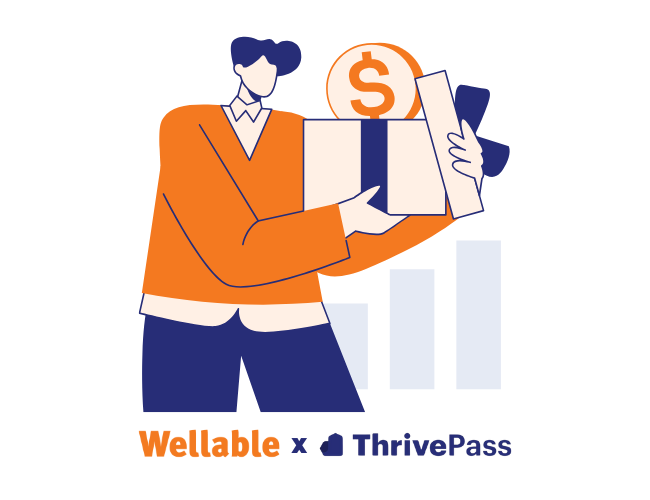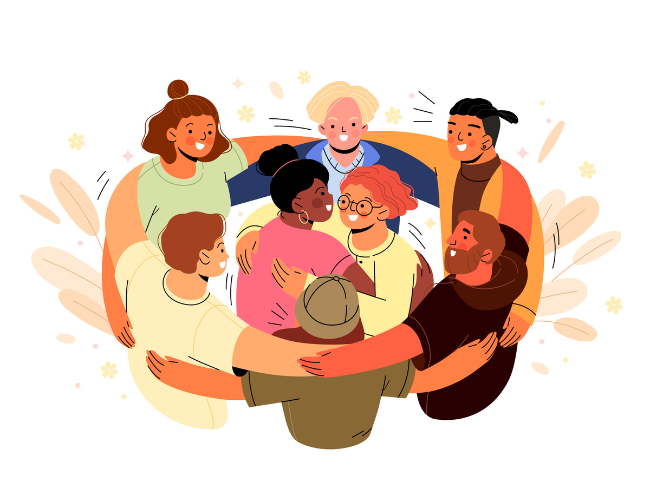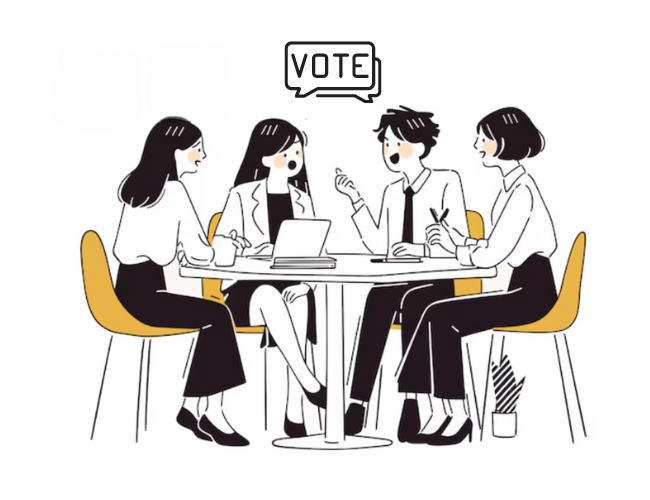Short on time? Here are the key takeaways:
- Employee recognition is a proven driver of engagement, well-being, and retention.
- Set clear program goals and align recognition with company values to reinforce purpose and performance.
- Deliver timely, specific, and authentic recognition to increase its impact.
- Recognize efforts and behaviors, not just outcomes, for more equitably distributed acknowledgement.
- Track participation and outcomes to continuously improve your program’s effectiveness.
Employee recognition is a powerful driver of engagement, performance, and workplace culture. It also plays a major role in supporting occupational wellness, a foundational aspect of holistic well-being that reflects how a person experiences purpose and satisfaction at work. According to Gallup research, well-recognized employees are 4.4 times more likely to say their job gives them purpose, 36% less likely to feel lonely, and 4.2 times more likely to believe their organization cares about their well-being.

At its core, employee recognition is the meaningful acknowledgment of an individual’s achievements, milestones, or behaviors. Whether celebrating a work anniversary or highlighting professional growth, recognition helps employees feel seen, valued, and connected to their work. Effective recognition programs pair consistent acknowledgment from peers and managers with personalized, tangible rewards to reinforce positive behaviors and boost motivation.
Benefits of Employee Recognition
In addition to supporting employee wellness and enhancing culture, recognition delivers measurable organizational benefits like increased employee motivation and engagement, lower turnover, and boosted productivity.
- Those who feel consistently recognized at work are 2.6 times more likely to think that promotions are fair and 2 times more likely to go above and beyond (Great Places to Work).
- 90% of employees say that receiving recognition for their work motivates them to put in more effort (Achievers).
- Companies with effective recognition programs report a 31% lower voluntary turnover rate (SHRM).
- Employees who rate their recognition program highly are 2.5 times as likely to be engaged as those who give their program a low rating (Gallup).
- Organizations that prioritize employee recognition see a 21% increase in productivity (Achievers).
Importantly, the impact of recognition depends on how it’s delivered. To experience these benefits to their fullest, research shows that recognition should be authentic, personal, equitably distributed, and embedded into the organization’s culture.
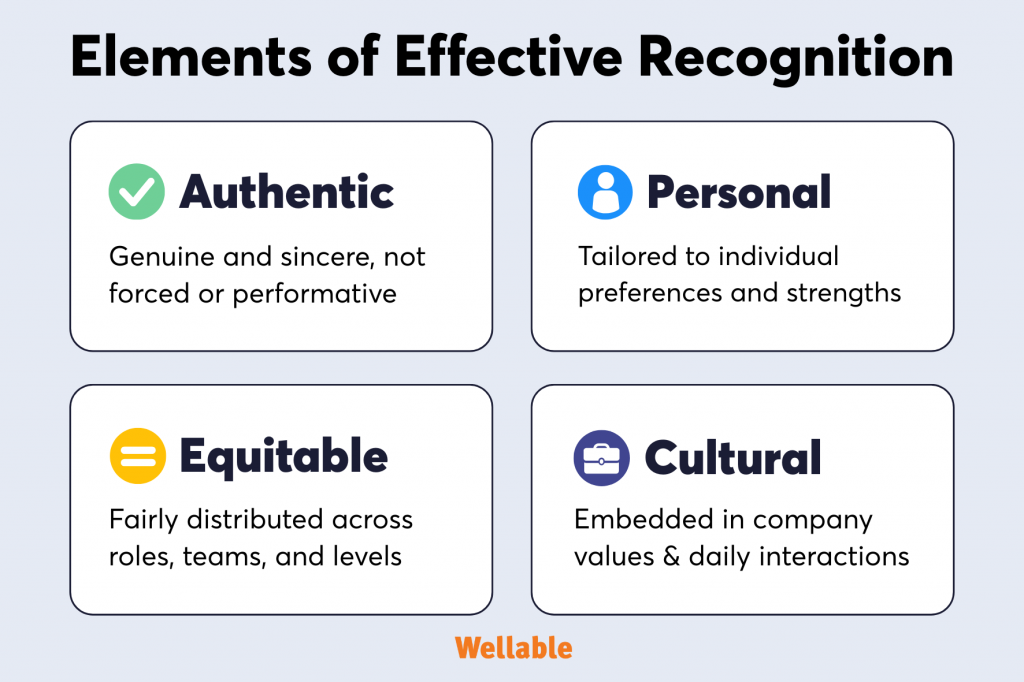
12 Best Practices for Employee Recognition Programs
1. Define Clear Goals
Before rolling out initiatives, identify what you want to achieve (e.g., boosted employee engagement, improved well-being, increased retention, enhanced productivity). While recognition can have an impact on many aspects of the employee experience, it’s helpful to identify the organization’s main priorities.
Be specific about objectives and determine how success will be measured, whether through participation rates, employee feedback, or performance metrics. Clear goals will guide the program’s design and help leaders communicate its purpose to employees, building buy-in and motivation from the start.
2. Tie Recognition to Company Values
Recognition becomes even more powerful when it’s clearly connected to organizational values. It sends a message that appreciation isn’t sporadic or based on popularity but grounded in what matters most to the company. This helps employees understand how their actions contribute to broader goals.
Below are specific examples of value-aligned moments to recognize:
- Demonstrating collaboration: Covering for a teammate who’s out or helping onboard a new hire reflects teamwork and accountability.
- Living the mission: Supporting a wellness initiative, like leading a team in a wellness challenge, aligns with a commitment to employee well-being.
- Exhibiting ownership and initiative: Volunteering to lead a project, solving a problem proactively, or stepping up during a critical time shows leadership in action.
- Fostering belonging and morale: Taking time to connect with colleagues, build community, or encourage a teammate supports employees’ social well-being.
- Driving results with integrity: Completing a major project or hitting a milestone without cutting corners or complaining is always recognition-worthy.
By aligning recognition with core values, employees can see how everyday actions shape the culture and drive the organization forward, creating a greater sense of workplace purpose.
3. Tailor the Program to Employee Needs
There’s no one-size-fits-all approach to recognition. Consider factors like whether employees are remote, hybrid, or in-person, as this affects how recognition is delivered and experienced. For instance, remote workers have fewer face-to-face interactions, making peer-to-peer recognition a valuable tool for fostering connection and increasing visibility into team achievements. In hybrid environments, recognition often happens in silos—some in person, some online. A centralized recognition feed helps leaders ensure it is shared equitably across all settings. To understand your unique workforce needs, preferences, and challenges, collect input through surveys or other feedback channels to ensure rewards and acknowledgment are relevant and well-received.
Recognition should also address unique organizational pain points, such as a lack of cross-team collaboration or unclear company goals. For example, spotlighting team wins can reinforce collaboration, while rewarding efforts that support larger goals can unite a team. The more aligned your program is with your employees’ day-to-day experience and broader organizational needs, the more impactful it will be.
4. Make Recognition Timely and Regular
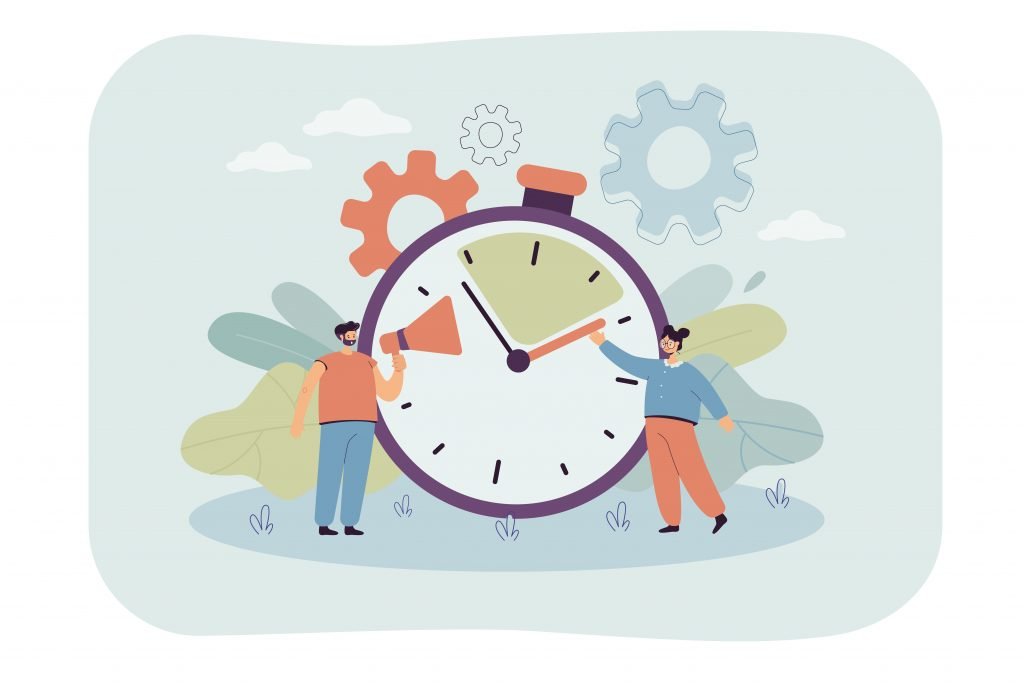
To build a culture of recognition, it must be a regular part of the work experience, not limited to quarterly feedback or annual reviews. Delayed recognition misses the chance to reinforce positive behaviors when they happen. Acknowledging achievements soon after they occur strengthens the link between action and reward, making repeat behavior more likely.
This also helps avoid the trap of performative recognition, which happens when it occurs inconsistently, making it feel forced or insincere. Timely recognition, whether a quick thank-you message, a shoutout in a team meeting, or a small reward, maintains momentum and ensures employees feel genuinely seen and valued.
5. Be Specific and Personal
Recognition can be frequent without sacrificing depth, especially when it’s focused on an individual’s unique contributions and talents. Personalizing praise makes it feel earned rather than automated, bearing more sincerity and impact. Generic praise like saying, “Great job on that report,” may check a box but lacks the impact needed to truly motivate or reinforce positive behavior.
Impactful recognition is specific and detailed, speaking directly to the employee’s strengths, contributions, and how their actions supported team or company goals.
Recognition Example: “Thank you for stepping in to get this month’s sales report across the finish line while Jess was on PTO. Your positive attitude and collaboration helped us hit our deadline and exemplified the kind of teamwork we value here. It was also helpful to have your fresh perspective on it; you have a knack for visualizing data, and your suggestions made the final report more compelling and actionable.”
When recognition is specific and tailored to the individual, it becomes a powerful tool for building a stronger, more connected culture.
6. Recognize Efforts, Not Just Outcomes
Recognition shouldn’t be limited to major wins or work anniversaries. It should also highlight the everyday efforts (e.g., personal initiative, collaboration, resilience) that make those achievements possible. Acknowledging these contributions communicates that success is a team effort and that every action, from supporting peers to uplifting morale, matters.
In fact, research shows that when employees are recognized for contributions not directly tied to their core job duties, they are 67% more likely to be engaged and 74% more likely to feel connected to their organization. Acknowledging employees for behaviors like encouraging a teammate, organizing a wellness activity, or modeling resilience under pressure reinforces a culture of genuine appreciation.
Pro Tip: While highly visible achievements should be celebrated, it’s equally important to recognize the behind-the-scenes efforts of employees in support, operations, or administrative roles to avoid the perception of favoritism. When everyone’s contributions are seen and valued, engagement and morale naturally improve.
7. Train Managers
Recognition directly from managers is consistently cited as one of the most motivating and influential forms of praise; however, not all managers naturally know how to deliver it effectively. A bit of training upfront sets managers up for success, ensuring they know how to create impactful moments of recognition. Training should include information on why recognition is important (e.g., drives engagement, retention, and performance) and how to give praise that feels authentic (e.g., connect recognition to individual strengths).
Additionally, equipping managers with a consistent framework (e.g., using a recognition platform or company Slack channel) can help track how recognition and rewards are distributed. This increases visibility into acknowledgement patterns to reduce the risk of bias or inconsistency. When managers know how to intentionally recognize employees and have the tools to do so, it strengthens employee-manager relationships.
Pro Tip: Train managers to recognize unconscious bias, highlighting how it can unintentionally influence recognition and rewards and appear as favoritism. Use real-world examples to illustrate how this might occur, such as consistently praising high-visibility roles while overlooking behind-the-scenes contributions.
8. Incorporate Rewards
Without rewards, recognition programs often struggle to gain momentum. However, when tied to monetary incentives—such as bonuses, charitable contributions, gift cards, or personalized rewards—recognition becomes a powerful motivator that encourages employees to go above and beyond. Rewards serve as a tangible expression of employer appreciation, reinforcing employees’ value in a way that strengthens loyalty and supports long-term retention. Research has shown that recognition accompanied by monetary rewards is 20% more effective at reducing turnover than e-thanks alone.
In addition to driving performance and loyalty, rewards boost engagement with the recognition program, prompting employees to celebrate peers, contribute more actively, and stay aligned with organizational values.
A McKinsey survey found that, in addition to motivators like recognition and manager feedback, employers’ use of financial and non-financial rewards strongly influenced employees’ motivation and performance. Nonfinancial rewards can meaningfully complement financial incentives when they are tailored to fit individual preferences or goals. This could look like offering more workplace flexibility, extra days off, or special project assignments.
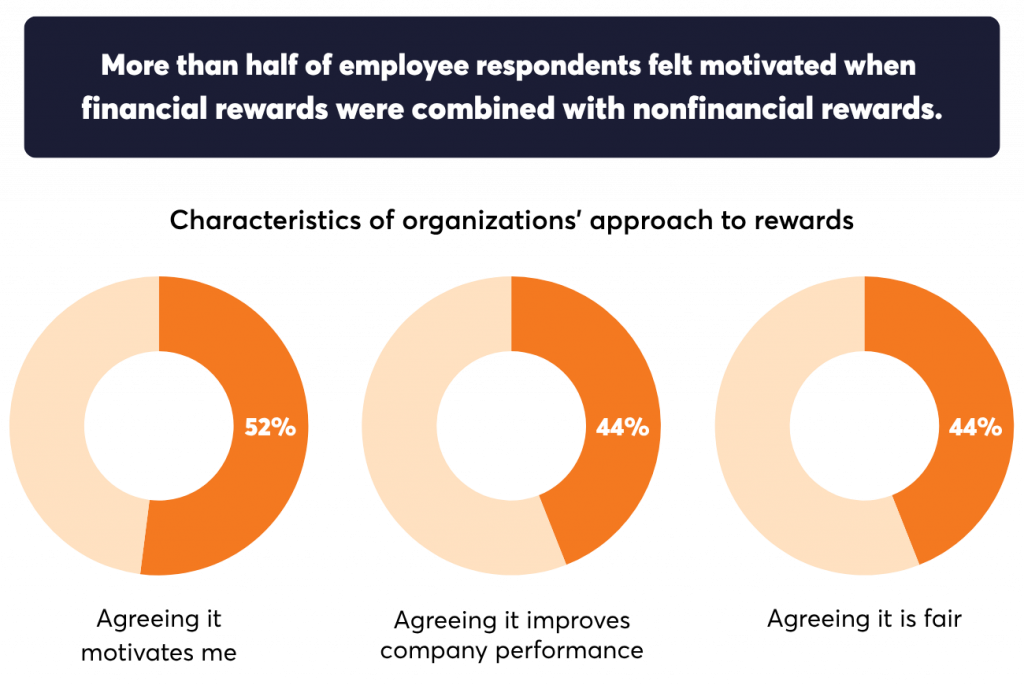
When thoughtfully combined, financial rewards, non-financial incentives, and meaningful recognition serve as powerful tools for reinforcing desired behaviors, enhancing employee well-being, and supporting broader business outcomes.
9. Implement a Rewards Budget
To make rewards sustainable, consider how your organization will structure budgets for offering rewards. Two common structures include:
- Providing a recurring deposit into employee rewards wallets, allowing peers and managers alike to send money as tokens of appreciation.
- Allocating a regular reward budget to managers so they can distribute recognition based on real-time contributions.
For organizations just beginning with recognition, an effective starting point is allocating reward funds solely to managers. This supports intentional distribution and allows companies to observe how funds are used before expanding access to a broader group.
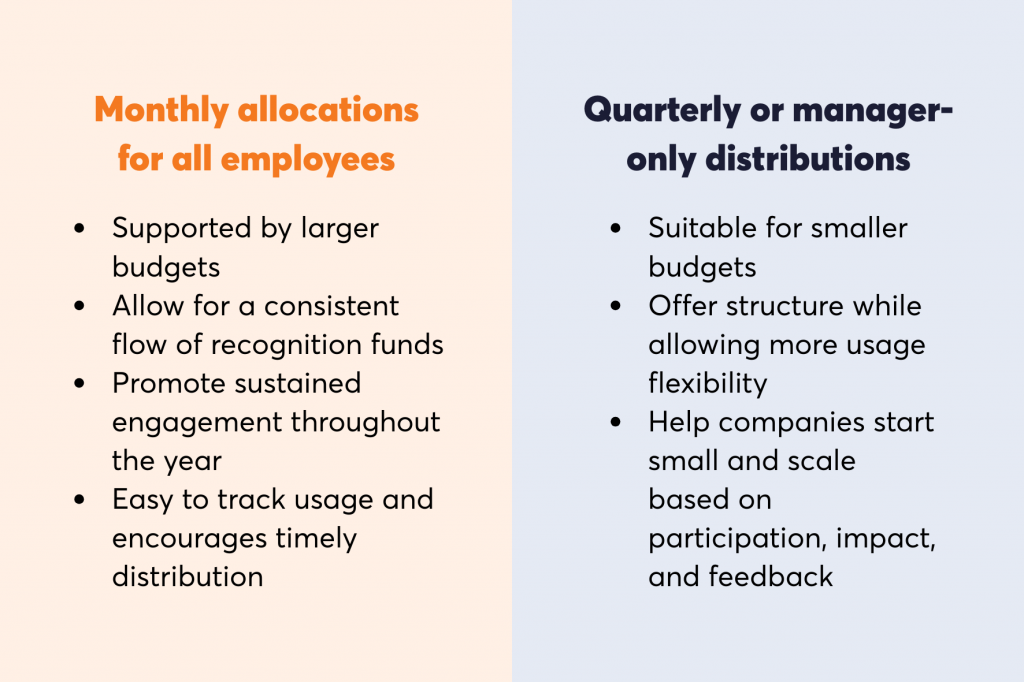
10. Encourage Peer-to-Peer Recognition
Recognition shouldn’t be limited to top-down feedback. Peer-to-peer recognition is a powerful way to create a culture of mutual respect and appreciation, where workers feel seen by those they work with. It strengthens the connection between employees, fosters psychological safety, and encourages collaboration across roles and departments.
When peers are encouraged to acknowledge each other’s efforts, it supports inclusive recognition, giving managers visibility to positive employee behaviors or wins they might not always see, especially in hybrid or remote team settings.
Integrating peer recognition into your program using tools like a social recognition feed helps cultivate a workplace where appreciation is shared freely and regularly. Over time, this builds a sense of belonging and reinforces team connection, reducing the likelihood of burnout and voluntary turnover.
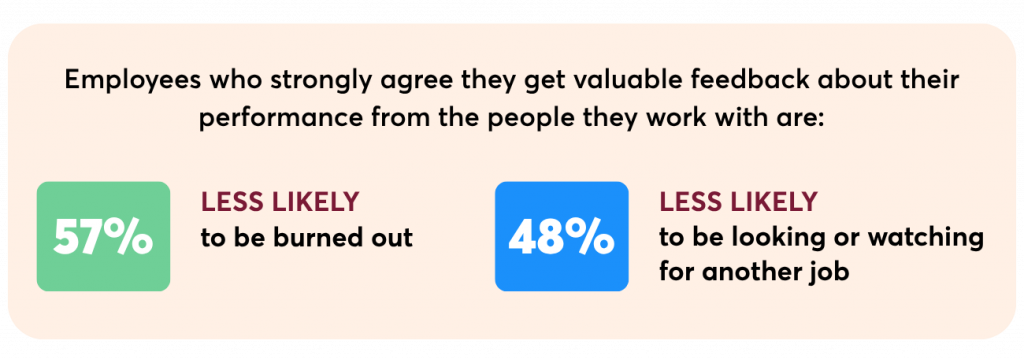
11. Communicate Regularly
Even a well-designed recognition program won’t succeed if employees don’t understand why it exists or how to properly engage with it. Regular, consistent communication from executives or senior managers will show leadership buy-in, reinforcing the program’s value and driving participation. Organizations should use a mix of channels, such as team meetings, internal newsletters, communication tools, or intranet announcements, to communicate program details and keep the program visible and relevant.
Highlighting recent recognitions, showcasing meaningful examples, or even featuring short employee testimonials can go a long way in building momentum and normalizing participation across all levels of the organization.
Pro Tip: Create succinct program talking points for managers to communicate to their teams at regular meetings, check-ins, etc.
12. Measure Program Impact
A successful recognition program is never static. It evolves with people and culture, is driven by data, and is shaped by feedback. Tracking and evaluating program impact ensures it delivers real value. Focus on key metrics, such as participation rates, recognition frequency, manager involvement, employee engagement scores, and even retention data. These indicators help you understand how often recognition happens and how meaningful it is. To mitigate the risk of favoritism and ensure equitable distribution, pay attention to recognition data by team, role, and demographic.
Beyond numbers, gather qualitative feedback through surveys or pulse checks to identify what’s working and where improvements are needed. From there, apply continuous improvement strategies, like refreshing reward options, adjusting communication cadence, or offering additional manager training.
Creating a Culture of Recognition with Wellable
Wellable is an all-in-one solution for employee wellness, rewards, and recognition—a one-stop shop for enhancing the employee experience and driving engagement.
Wellable’s recognition and rewards solutions empower teams to effortlessly acknowledge achievements and allocate rewards. From celebrating employee anniversaries and birthdays to rewarding achievements and needle-moving efforts, everything is centralized in one, comprehensive platform.

